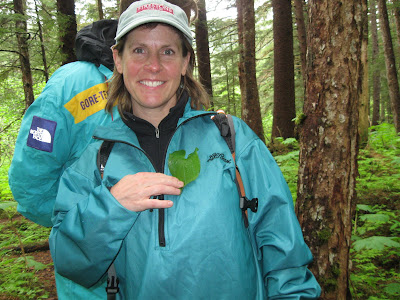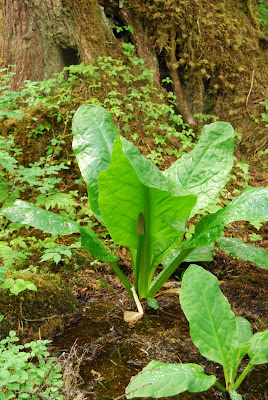
Look at the arrow on the road map of Alaska. We are here.
(Of course you want to know where Dutch Harbor is from “The Deadliest Catch”. I put an arrow there too.)

Here are 10 facts about Alaska:
1. The area that is now Alaska used to be owned by Russia. In 1867 United States Secretary of State William H. Seward offered them $7,200,000, or two cents per acre, for the land. Many people thought Seward was crazy and called the purchase “Seward’s Folly.” People changed their mind when prospectors discovered gold a few years later. Here is a picture of the canceled check.

2. Alaska produces 25% of American oil.
3. Most of America's salmon, crab, halibut, and herring come from Alaska.
4. Dog mushing is the official state sport.
5. Alaska has the fewest number of people per square mile.
6. We thought Colorado had mountains! 17 of the 20 highest peaks in the United States are in Alaska.
7. Alaska is larger than the next four largest states combined.
8. In one spot, Alaska is only 50 miles from Russia.
9. Look at the road map above. There aren’t many roads! It is estimated Alaska has six times as many pilots and 16 times as many aircraft than any other state.
10. Alaska has more coast line than all the lower 48 combined.
There are lots of airplanes in Alaska, but they have cars too. License plates give us information about what is important to a state.



The native people in this area are called Tlingit. They are actively trying to preserve their language so let’s help them.
Each lesson number is in the native tlingit language. Click on the link to the right. You’ll be able to hear what their language sounds like.
Click here then roll over the Inland Passage. Who were the first settlers in this region?












































